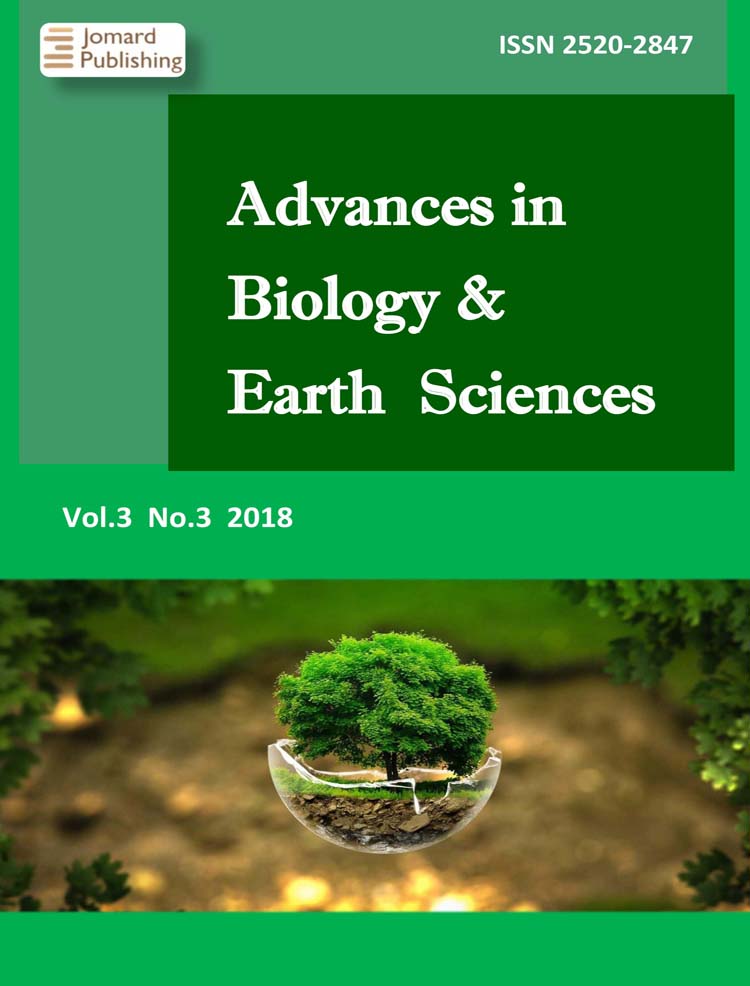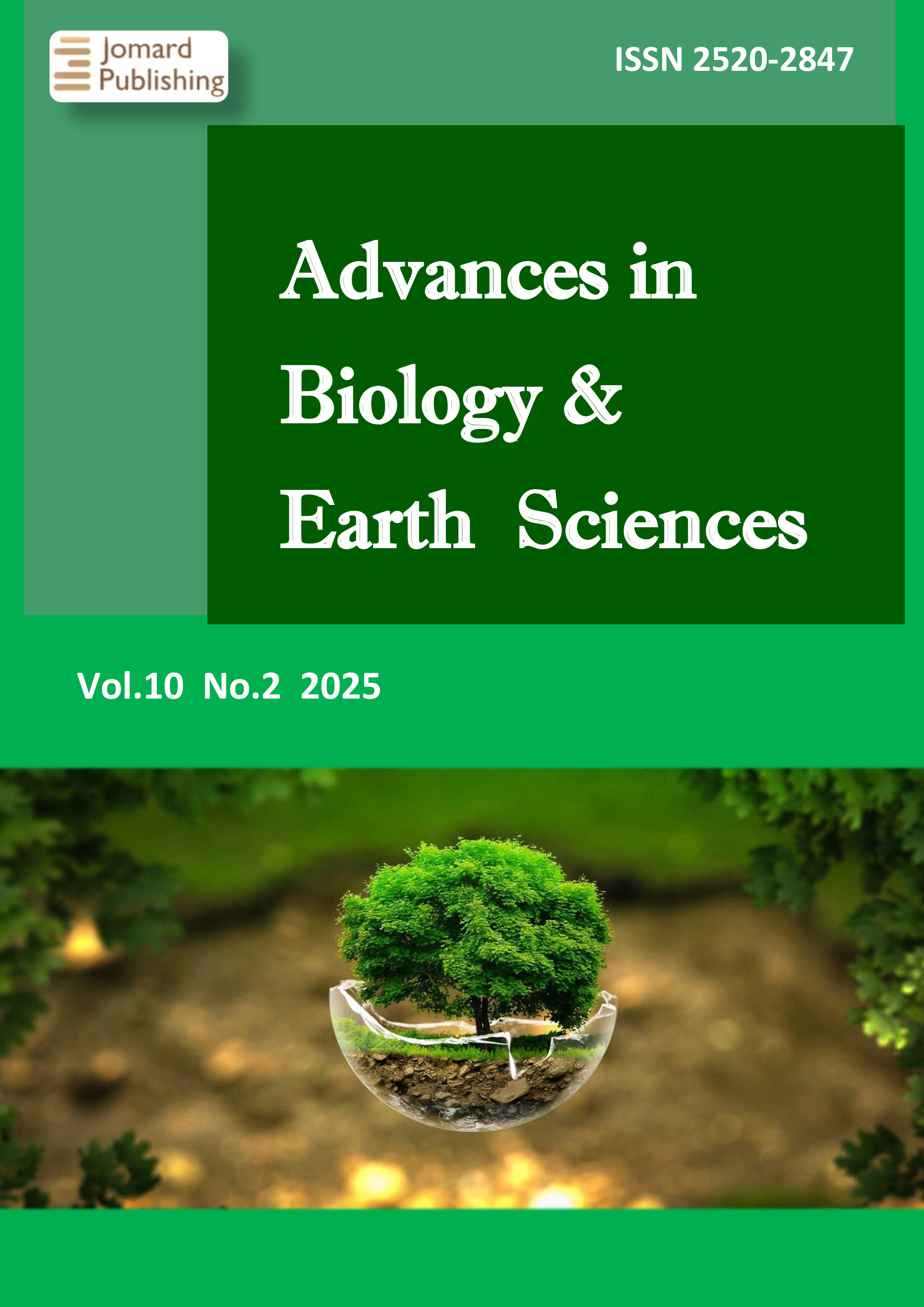Development, Characterization and Application of Chitosan-Based Formulation Incorporating Crataegus orientalis Extract for Food Conservation
- Published: 05-08-2025
Share
In this investigation, chitosan-based films loaded with plant extracts from Crataegus orientalis (CR) were elaborated and evaluated in terms of structural, physicochemical, and antimicrobial properties. Firstly, the CR extract was characterized by LC-MS/MS showing an abundance of Protocatechuic acid (56.82 μg/g) and Chlorogenic acid (67.13 μg/g). Then, the extract was incorporated into chitosan-based films at different concentrations (CHCR1-3). Findings revealed modifications in FTIR and XRD graphs as well as SEM micrographs following the incorporation of CR extract confirming the changes in the matrix structure and texture. Moreover, the addition of the extract reduced the transparency, swelling ratio, water solubility, and moisture content potencies while increasing considerably the material thickness reaching 2.5-fold as regards CHCR3. Furthermore, Thermogravimetric findings showed three stages of degradation for CH control and CHCR2, with mass loss due to water evaporation and glycerol breakdown. Ultimately, CHCR bioformulations showed significant antimicrobial activity against Escherichia coli, Staphylococcus aureus, and Candida albicans, especially in the case of the CHCR3, which was verified by the application as a preservative coating for lemon fruit. These encouraging results highlight the potential utilization of CHCR bioformulation as coating/packaging for perishable food products.
- View 902
- Downloads 208
- Saveds 1
- Citations (Crossref) 0


